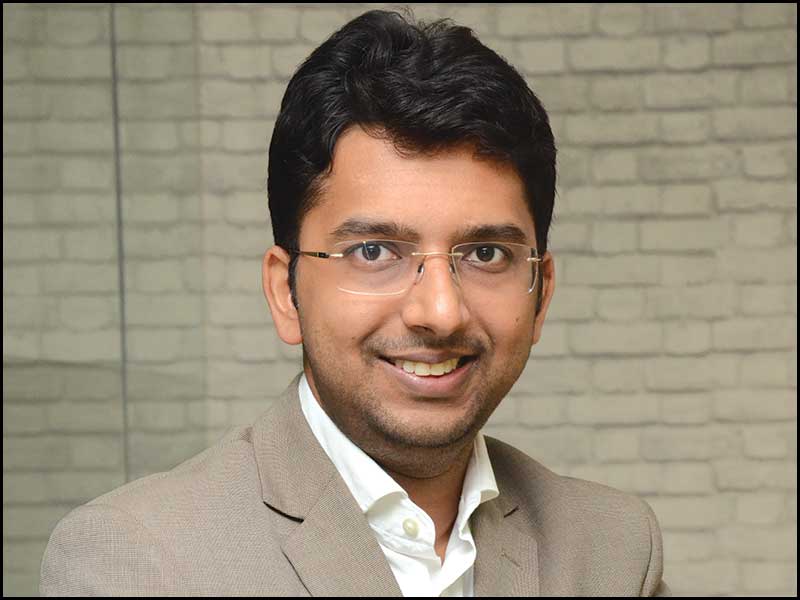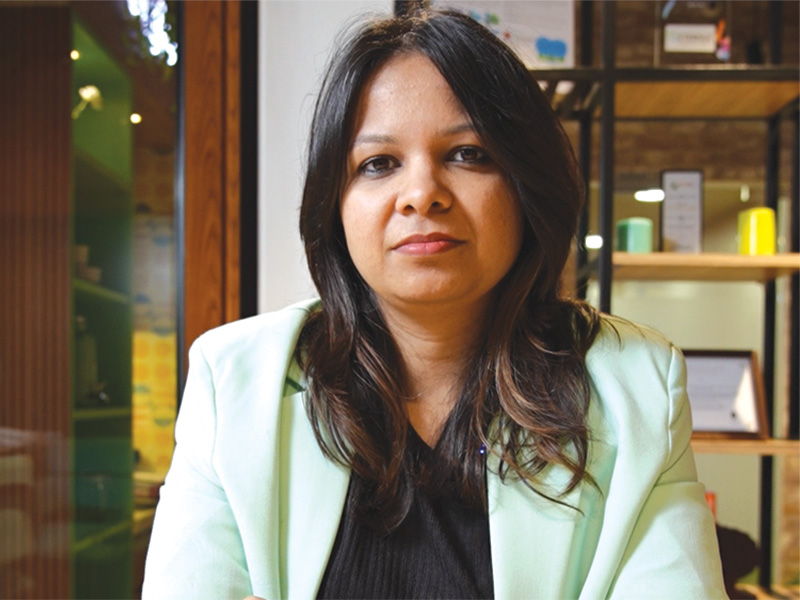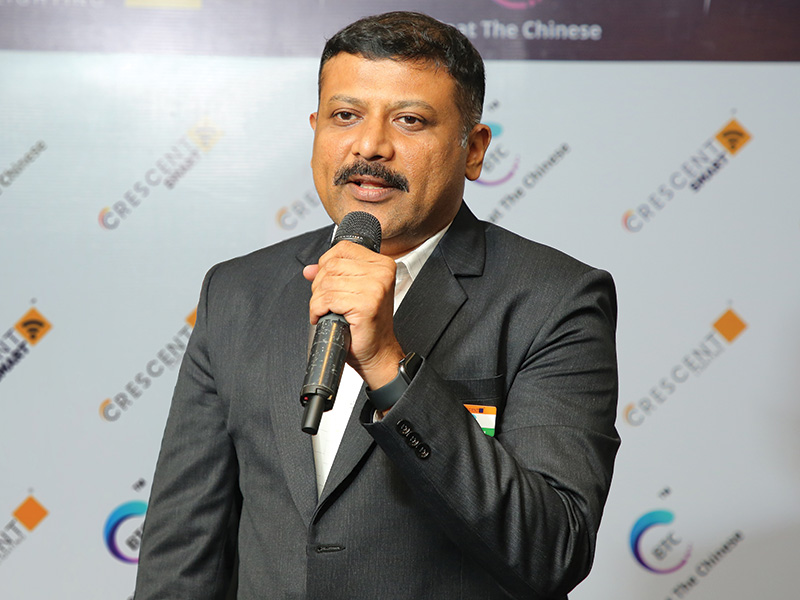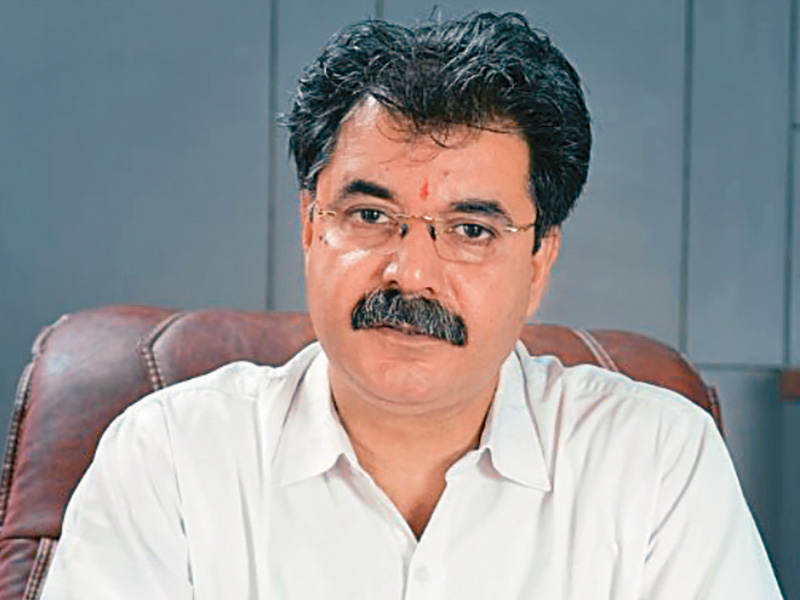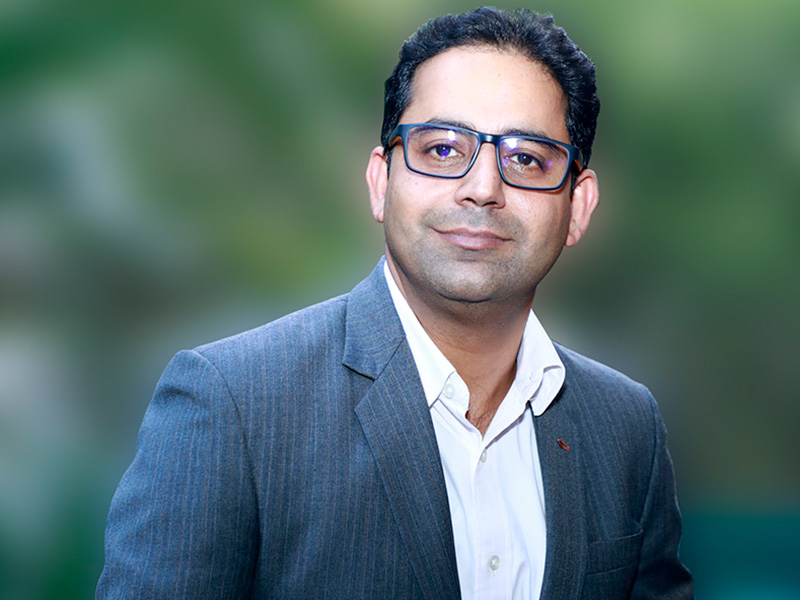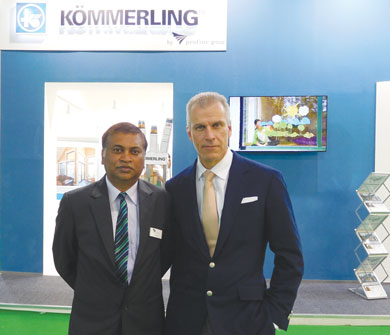
MGS Architecture met recently with Dr. Peter Mrosik, the profine Group's owner and Mr. Farid Khan, Director & CEO of the Group's Indian subsidiary, in Mumbai. In an in-depth discussion, the duo insisted that uPVC window systems are suitable solutions for thermal control, sound insulation, and sustainability against weathering. They shared that how the company is percolating these and other cool attributes of uPVC among their customers here, and what are the company's plans & vision for India. Here are the excerpts…
It's a decade old now in India, but uPVC window system industry is still at a nascent stage. What made you think of setting up the plant here?
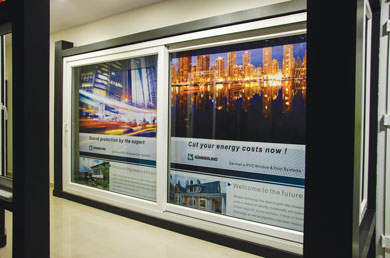
How has been your experience when it comes to market expansion since the time profine set up its plant in India?
As I said, we are fully committed to this country and investment in such a big way is nothing but a testimony of the same. We always grew in India since we opened up the production. However, we are not limited to opening up of production, but we also invested heavily in hiring resources, people, training them on techniques, and setting up of training centres. As of now, we have 80 personnel with us in India. Besides, we are doing a lot in the market like educating people on various myths and issues related to uPVC as materials and its applications. Since customers have started recognising all this, the business for us is significantly increasing so much so that every year, we are registering double-digit growth, almost ahead of 50%. This shows that the acceptance and penetration of uPVC has proportionally been increasing. We, at profine Group, have been participating in that development in a special way by showing our commitment. This is not just Koemmerling that is taking a long stride, but also the industry as a whole is moving ahead as we observed that other competitors in the market are going side by side.
Where does the potential come from - renovation or new construction? How would the announcement of smart city projects help uPVC to grow?
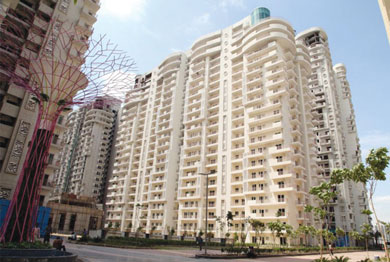
Smart city is the best solution to accommodate such a huge swing in the urban population. Since our products are environment-friendly, these are perfectly fit for the smart city projects. We are already coordinating with lots of architects who are associated with the development of smart cities, and are eventually involved in the planning of the same. For now, things are still at the planning stage but whenever there is such happening and the plan gets turned in to action, we are sure to be a part of that setup.
What steps are you taking to create awareness?
We want to instil this belief that the quality of the profile decides the extent of the benefits gained from these installations. There are numerous myths about uPVC spread across the spectrum. One such is that it is not good at heights and after a certain height it fails to meet promises. We tell them that not all the profiles are same and that the specifications vary according to the applications and geography. Good quality profiles are developed as per the specifications based on the applications keeping in view the environmental issues, especially the wind-load that keeps on changing with variation in height. Accordingly, profiles with different specifications are manufactured to withstand the wind-load at different heights as you cannot install the same profile systems at 20th floor in Delhi and at a building in coastal area.
This is a concern, we are taking very seriously. We hold seminars, invite people, and tell them all about uPVC. We try educating people on such issues through these seminars that we are doing in association with ZAK Group at various places across the country. In about 5-6 hours duration in a seminar, we try taking up such issues one-by-one, discussing things in detail bringing forth the attributes of the products, right installation practices, technicalities in installation, quality that are really making things worse for uPVC. The last such seminar, we did in Chandigarh, while the next is planned in Kochi and further in Kolkata.
What is the receptivity of uPVC with specifiers? And what are you doing to further percolate the substance in that fraternity?
When it comes to specifiers, especially architects, they are at a very nascent stage in terms of the knowledge about uPVC. They should first need to understand the quality of the material as there are lot of cheap profile makers, who are not really following proper way to promote uPVC. However, companies like us, including Veka, Fenesta, Rehau, etc are coming forward to educate people in the industry to create awareness on these fronts. Most of the architects are concerned mainly with the cost factor. For that matter, we try convincing them on the attributes and the long-term benefits in terms of energy-saving and low-maintenance, associated with uPVC. Many architects still prefer aluminium as a material and we do give them a comparison not only of the material but also of functional attributes and advantages associated in the long-run. But since uPVC profiles are also getting coloured, that might become a point of attention for them, and hence, attract them.
We can only say that uPVC is something, which is the future and we are moving in a much organised and systematic way. We have also started manufacturing wood finish profiles. In three years down the line, we may bring up solid colours and may even start doing fusion of colours depend on how the market demands and respond to those colourful products despite the fact that India is a colourful country and people of India love colours.
What major differences did you mark when it comes to market for uPVC in India and there in Germany?
German uPVC market is almost 60 years old, while the market in India is just a decade old. Obviously, India is a new country for that kind of product while Germany is kind of mature market for that matter. But the visible similarity that we have noted is that like Germans, most of the people in India too set high quality standard when it comes to housing requirements. Also the thrust of the government on energy-efficiency requirement will increase over the years. So, sooner than latter, we would come with similar level of acceptance of high-quality products that we see in the markets like Western Europe, Russia, or Australia where uPVC accounts for 60-70% market share.






